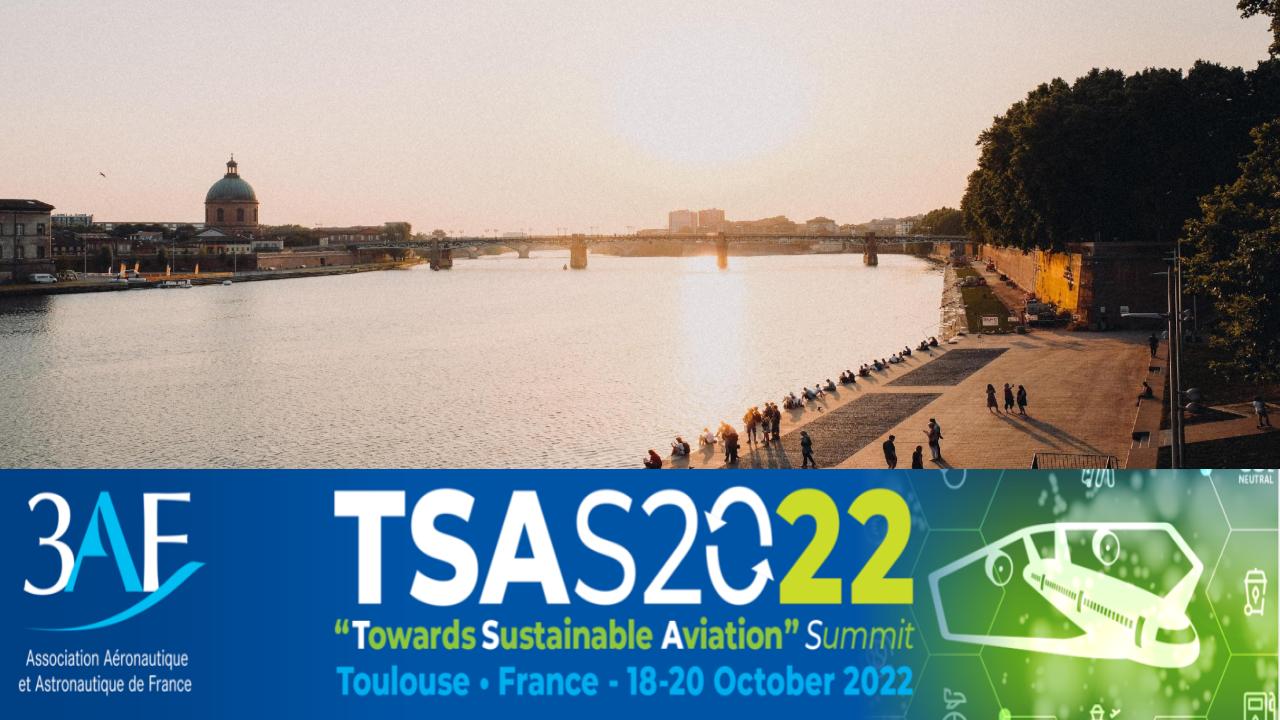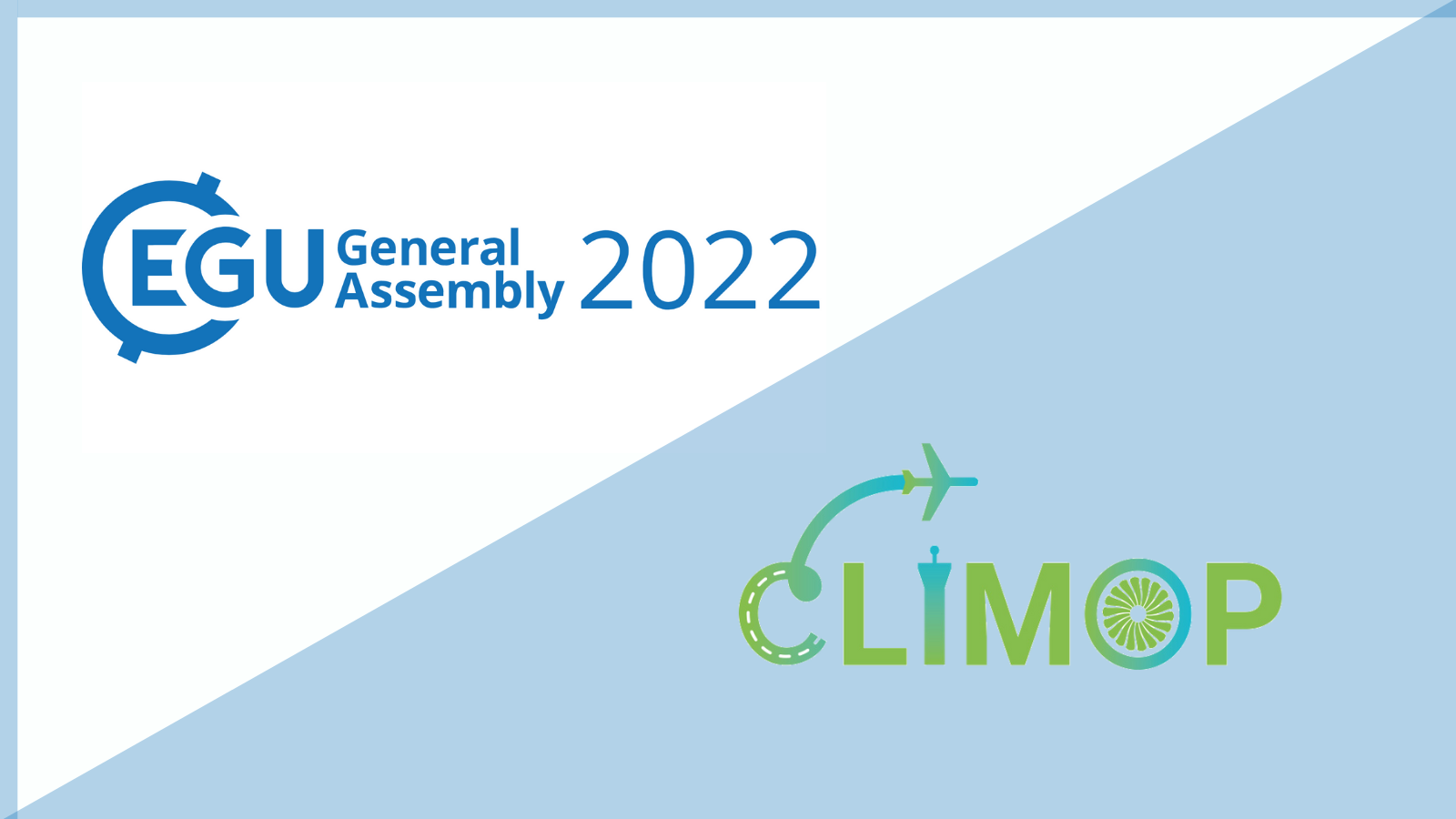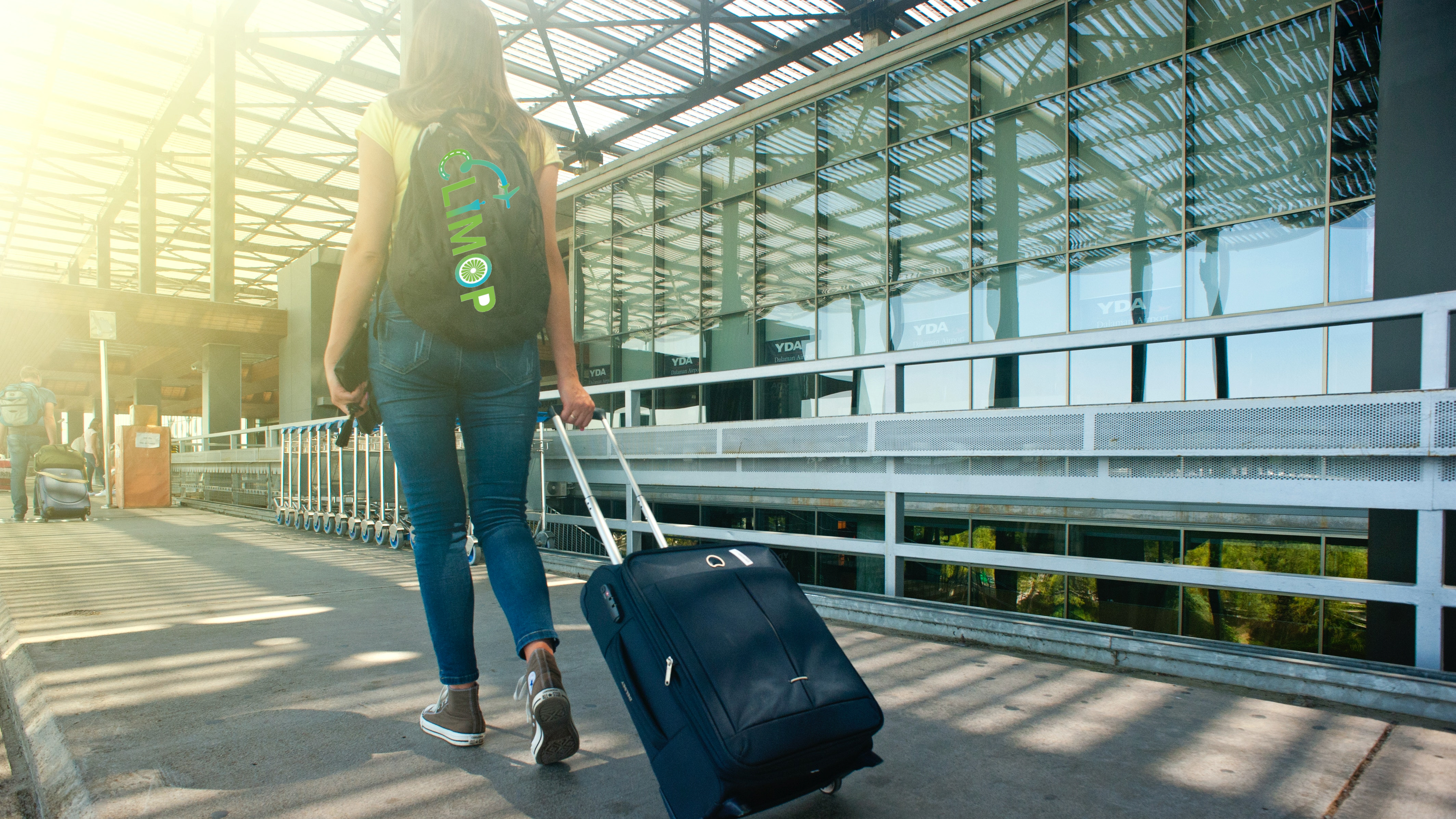The mitigation of aviation’s climate impact is a subject that enjoys increasing attention. The awareness about not only the CO2- but also the non-CO2 impact of aviation increases. Oftentimes, technological improvements are considered in the system change towards greener aviation. Nevertheless, these improvements require innovative research and are mostly applicable on the long term.
However, to reach the Paris Climate Agreement on limiting global warming to 1.5 degree Celsius, an immediate change is required. According to a new UN-climate panel IPCC report, in the current status the warming of the Earth will increase to 3.2 degrees Celsius in the year 2100, and promises from different nations to lower emissions have not been sufficient to slow down these temperature rises. While disruptive technological improvements such as alternative propulsion techniques also require system changes that are not yet mature for implementation on the short term, ClimOP’s less disruptive Operational Improvements (OIs) offer changes that may be implemented on a (relatively) short term.
ClimOP Operational Improvements
Implementing these OIs requires the stakeholders’ “know-how”: what actions should they take and what does this require from of them in terms of effort? In WP3 of ClimOP, we try to answer this question by building the bridge from between the OIs and appropriate Key Performance Indicators (KPIs) to the actions needed in the aviation sector. To achieve this, we need to know: what requires change? What is possible to change? And what do we need to do to make this change? Regulations and Policies are a key aspect in the change for the implementation and maintenance of Operational Improvements.
Regulations are laws or directives made and maintained by an authority to impose controls and restrictions on certain activities or behaviour. Policies are systems of guidelines, intended to guide decisions to achieve specific goals or ambitions. Policies are statements of intent and are implemented as procedures or protocol, which usually cover specific stakeholders or stakeholder groups. Within ClimOP, we look at current and possible future Regulations and Policies:
• We need to comply with current regulations and policies
• We might need updated or adapted regulations and policies for the implementation and maintenance of the OIs.
In the latter case, new regulations need to fit in with current ambitions and, consequently, current policies in aviation may also require a change. This is all part of the work that Royal NLR is contributing to in the ClimOP project.

Figure 1: NLR’s workflow in assessing regulations and policies relevant for implementing an operational improvement
In Figure 1, the workflow of establishing an inventory of most promising regulations and policies is depicted. After identifying the requirements for the implementation and maintenance of each OI, appropriate Regulations and Policies are identified and linked to each OI (first two blocks). The (dis-) benefits of these regulations and policies are then assessed for each OI: it is tested whether it complies with or obstructs the implementation of an operational improvement. After this process, the most promising regulations and policies are selected. These cover both existing regulations and policies, together with the extended or adapted (future) possible regulations and policies. Following, we will discuss an adverse regulation and a beneficial policy that have been identified in the assessment.
Regulations and Policies: bottlenecks or allies for sustainability?
An example of an adverse regulation is the Commission Regulation (EU) No 255/2010 of 25 March 2010, laying down common rules on air traffic flow management. This regulation could be a bottleneck for the implementation of OIs, such as flying lower and slower and intermediate stop operations. This regulation covers slots that regulate “too many” aircraft in the air at the same time and in the same space, which can lead to an unsafe situation. A slot consists of a time window between 5 minutes before until 10 minutes after the CTOT (Calculated Take-Off Time). When aircrafts fly lower and slower or include an intermediate stop during a long-haul flight, airlines could miss and, on the long term, lose their slots. It will not be attractive for airlines to implement OIs for the benefit of the climate, if it comes with drawbacks such as airlines losing their slots.
On the other hand, plans from ICAO to incentivize sustainable aviation are also included in their Global Air Navigation Plan (GANP), with the purpose of “equitably accommodating all airspace users operations in a safe, secure and cost-effective manner while reducing the aviation environmental impact”.
The GANP includes Aviation System Block Upgrades (ASBUs), which provide practical implementations with the aim of:
• realizing global harmonization;
• increasing capacity;
• improving environmental efficiency.
This is beneficial for an Operational Improvements such as free routing, as one of the block upgrades includes the goal “to adapt air traffic flow management to accommodate cross border free routing operations” (NOPS-B2/6). Also, current bottlenecks may be tackled with the implementations of the ASBUs, as another goal is to enhance Air Traffic Flow Management (ATFM) slot swapping (NOPS-B1/7). The Enhanced Slot swapping increases flexibility for Airspace Users and provides a wider range of possibilities, by facilitating the identification of possible swaps for an ATFM Measure impacted flight and by reducing the rate of rejection of swap requests by refining current processes. As mentioned above, flying lower and slower, but also implementing an intermediate stop operation will increase flight time and alter airlines’ slots at airports. This could be improved according to the ASBUs enhanced slot swapping measures, allowing these more flexible slot allocations.
Further steps
A shift towards sustainable aviation to reach the Paris Climate Agreement is possible, but stakeholders need a clear overview of changes to be made and how feasible it is to include these such changes. That is why the Royal NLR addresses such regulations and policies assessments for each Operational Improvement under investigation in ClimOP. Appropriate Regulations and Policies will be tested, and win-wins or potential bottlenecks or adverse results are identified. With this knowledge, the Royal NLR develops mitigation strategies for the successful implementation and maintenance of the OIs, taking both the climate and stakeholder impacts into account.




